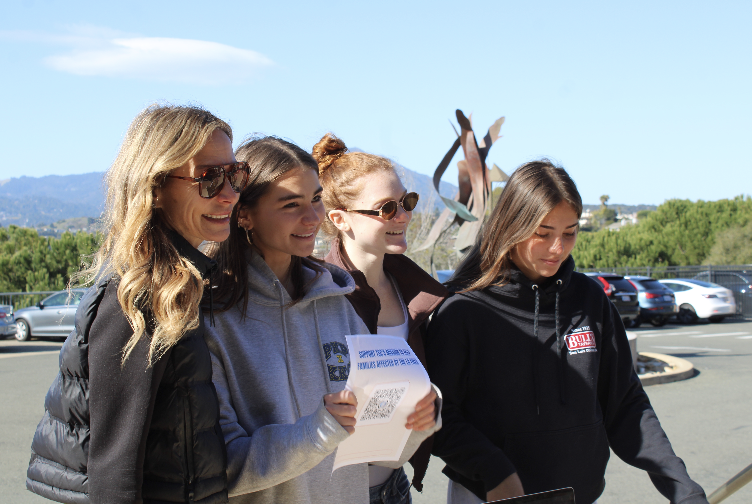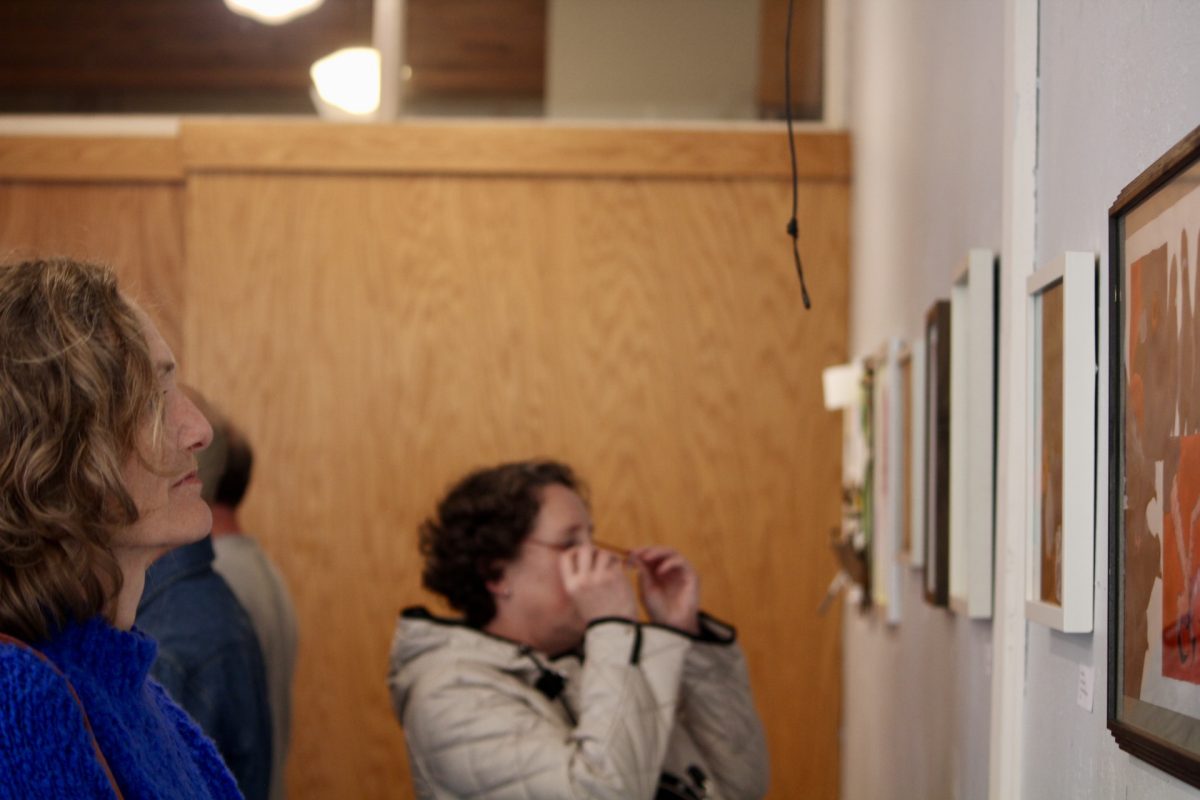Redwood’s Class of 2012 continued the trend of setting the SAT average remarkably high – totaling nearly 300 points above this year’s comparably low national average.
This year the College Board announced the nation scored an average of 496 in the critical reading section, 514 in the math section, and 488 in the writing section, each out of a perfect score of 800. The critical reading section is the lowest it has been in 40 years, and this is the lowest average writing score since the implementation of the section in 2006.
The combined score of 1498 sits below the College Board’s recommended college readiness benchmark score of 1500.
According to the 2012-2013 Redwood Profile, the average test score of the Redwood Class of 2012 was 578 in critical reading, 600 in math, and 583 in writing, with a combined score of 1761. While the scores tend to fluctuate by around five points each year, scores at Redwood are consistently high.

“When you compare Redwood to other areas across the United States that don’t have the resources that we have here, you are going to see a difference in test scores,” said Paula Vantrease, College and Career Specialist. “It’s the caliber of our students, it’s the quality of the material you are being taught, the levels that you are being taught at.”
Bruce Reed, co-founder of the Compass test prep company in Larkspur, said that Redwood students start off with a strong base topped with AP classes, excellent teachers, private outside tutoring, and students with third or fourth generation college parents.
“You are going to see a correlation between AP students doing well on tests,” Reed said. “If you are good at one, you are probably going to be good at the other. It’s really what you do in those classes and how you engage.”
While this may be true for the English portion of the test, teacher leader of the math department Julie Norwood said that from a math perspective it depends on the person and not necessarily the high level of classes they are taking.
“A student’s aptitude for math will show up on an SAT score, not necessarily because of their placement in an honors course,” Norwood said. “A better math thinker has an advantage on the SAT.”
While teachers don’t teach to the SAT, many cover a majority of the curriculum that comes up on the test.
“The SAT is actually pretty aligned with what we teach in Algebra, Geometry, and Advanced Algebra,” Norwood said. “They do a good job with the questions, the content of our classes prepares students very well.”
At Redwood, the Class of 2012 senior survey revealed that 54.8% took at least one SAT or ACT prep course, according to Naviance.
“If you don’t do any test preparation, you are at a disadvantage,” Norwood said. “Our culture has kind of forced it to happen.”
The number of students taking the SAT nationwide has increased from 1,494,531 in 2007 to 1,664,479 in 2012 according to the College Board’s total group profile report.
Norwood said she thinks that having a larger number of students take the SAT is not necessarily a bad thing.
“The overall average is irrelevant. We should focus on getting all kids to take the SAT,” she said.
The number of Redwood students taking the SAT per year has significantly decreased, from 82% in 2007 to 66% in 2012, according to Redwood profiles. At the same time, there has been a rise in the number of seniors taking the ACT, from 52% in 2007 to 63% in 2012, according to Redwood profiles.
Counselor Tami Wall said she encourages taking both the SAT and ACT.
“I’ve certainly seen a rise in ACT popularity,” Reed said. “There are subtle differences between the tests, it’s hard to absolutely quantify. The fact that colleges all accept the two tests interchangeably sort of implies that the differences aren’t that meaningful between the tests.”






